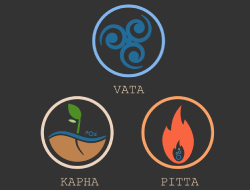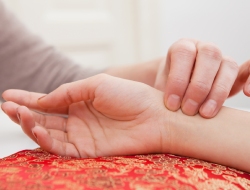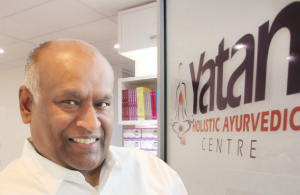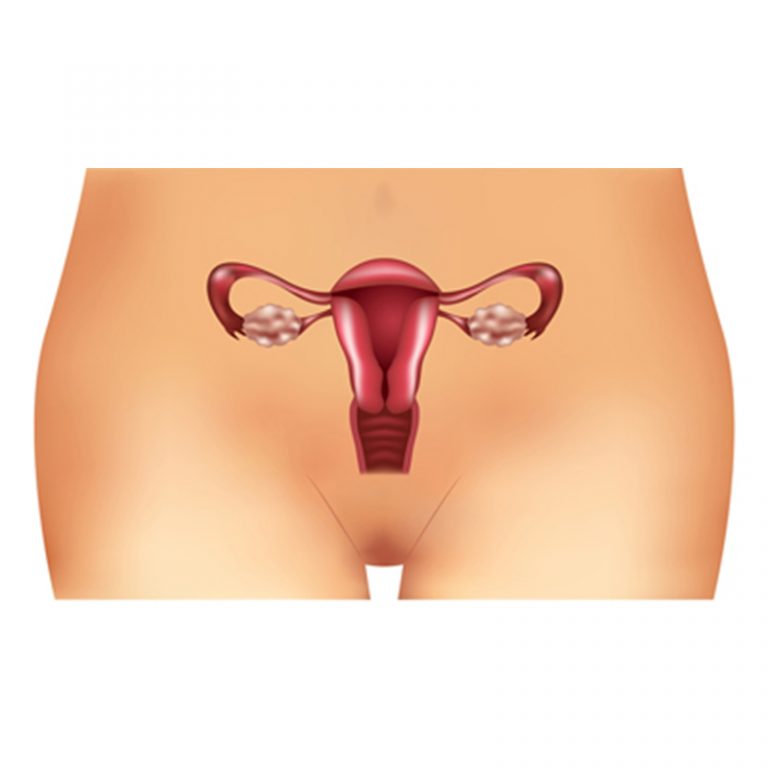How To Treat Multiple Sicknesses – The Ayurvedic Concept
Knowing the best way to treat people with multiple chronic health conditions is one of the biggest challenges facing our medical system today. Mainstream medicine is geared to looking at individual organs and ailments rather than viewing the patient as a whole. It is therefore not unusual to find one patient taking many different medications simultaneously, often prescribed by a chain of different specialists. This obviously gives rise to a serious risk of intolerable side-effects and interactions.
One American geriatrician was recently quoted as saying, “Very often there is nobody looking at the big picture or recognising that what is best for the disease may not be best for the patient”. “Treating one disease in isolation”, she added, “can make another disease worse”. To quote a male patient with more than a dozen diagnoses, who is taking as many different medications as ordered by six doctors, “What’s missing is someone who can look at the big picture and see my health as a whole”.
What is the Ayurvedic approach to treatment in such cases? Let us take the case of a lady who presents herself at my clinic seeking help with a variety of problems which are constantly disrupting her daily life. These include exhaustion, lethargy, insomnia and total lack of appetite. She is waiting for the results of hospital tests, one for a lump in her breast as well as a comprehensive blood test.
From the initial Ayurvedic consultation it is clear that Catherine (name changed) is suffering the effects of low Pitta and Kapha. In practice this means that she has depleted inner fire (agni) and her good mucus is drying out, with the effect that the neurons are depleted and the brain is unable to spark sufficiently. The first priority is to rectify these imbalances with the help of Ayurvedic medicines, and there is no reason for her to delay in doing so while she is awaiting the results of her tests. As she has three children it is essential for her to increase her energy and vitality so that she can get on with her life.
When Catherine returns for her next appointment she has received the results of her tests. The biopsy reveals that the lump is non-cancerous. The blood tests, however, show that her liver enzymes are very high and her ferritin is low. They also indicate hyperthyroidism.
Catherine feels better with the good news about her lump, but she is still anxious to deal with all the other problems. The priority is still to work on increasing her vitality so that she can enjoy life. Fortunately the situation is not very urgent so there is time to introduce further Ayurvedic medicines gradually. She has already been prescribed iron so the liver enzymes and the hyperthyroidism remain to be addressed. Both of these take time, particularly the latter as in order for the thyroid to be put back in balance it is necessary to treat the adrenals.
This example illustrates clearly the need view the patient as a whole when treating multiple disorders. In Catherine’s case the priority is for an increase in energy levels, without which it is unlikely that her other issues will be treated effectively.
Next Time: What Is Different About Ayurvedic Medicines?
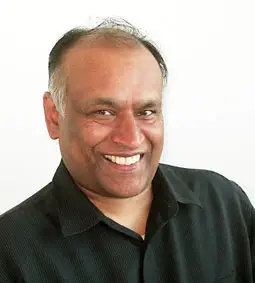
*Discover holistic healing with a complimentary phone or video consultation from our expert Ayurvedic practitioner. Start your path to better health today!*

